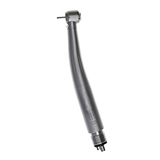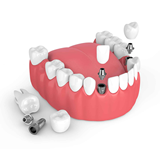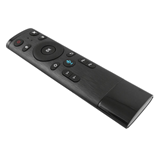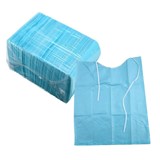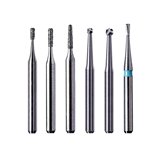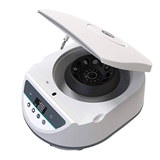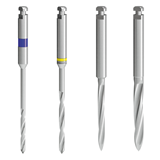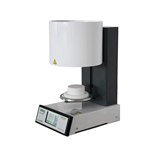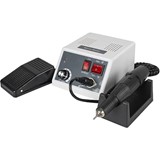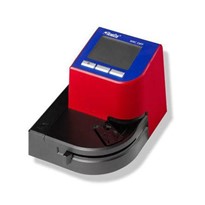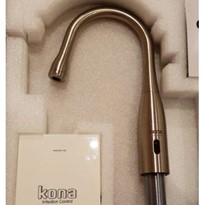Infection control in dental practices isn’t just a routine protocol—it’s a fundamental aspect of ensuring patient safety and upholding clinical excellence. Adhering to ISO standards is crucial to guarantee that every instrument used in patient care is properly sterilized, significantly minimizing the risk of cross-contamination and infection. Yet, many dental practices are either unaware of these standards or unsure how to implement them effectively. This guide will dive into the critical ISO standards that every dental practice should follow and how incorporating advanced sterilization methods, such as Process Challenge Devices (PCDs) with Class 2 indicators, can elevate your practice’s infection control.
Understanding ISO Standards and Their Role in Dentistry
The International Organization for Standardization (ISO) creates globally recognized standards that ensure products and services are safe, reliable, and of high quality. In the field of dentistry, these standards establish a framework for infection control procedures and equipment, ensuring that patient and staff safety are never compromised. By following ISO guidelines, dental practices can create a safer environment, reduce the spread of infections, and enhance the overall quality of care.
Key ISO Standards for Infection Control
Several ISO standards directly apply to infection control and sterilization in dental practices. Here are some of the most important ones:
1. ISO 11140-1: Sterilization of Health Care Products – Chemical Indicators
This standard sets the criteria for chemical indicators used to verify the effectiveness of the sterilization process. These indicators change color when exposed to specific conditions, offering visual confirmation. However, it’s vital to understand that not all indicators are created equal. Practices must utilize Class 2 indicators, which provide comprehensive monitoring of the sterilization process, including air removal and steam penetration—crucial factors for ensuring that all microorganisms are eliminated, even in complex instruments like dental handpieces.
2. ISO 17665: Sterilization of Health Care Products – Moist Heat
This standard outlines the requirements for steam sterilization (autoclaving), emphasizing validation of the process to confirm that even the most heat-resistant spores are destroyed. Adherence to ISO 17665 is essential for maintaining a sterile environment and preventing infection.
3. ISO 13485: Medical Devices – Quality Management Systems
This standard governs the quality management systems of medical device manufacturers, including those that produce sterilization equipment. Dental practices should ensure their sterilization devices are ISO 13485 certified to maintain the highest quality standards.
4. ISO 14937: General Requirements for Sterilization
This standard provides guidelines for validating sterilization processes that use various sterilizing agents. It ensures that these processes are effective while preserving the integrity of the instruments.
The Correct Sterilization Process According to ISO Standards
For dental practices to meet ISO standards, a meticulous sterilization process is required. Here’s how to implement it effectively:
1. Pre-Cleaning:
Begin by manually cleaning instruments to remove any visible blood, tissue, or debris. This step is crucial for reducing the microbial load. Follow this with ultrasonic cleaning, where high-frequency sound waves create microscopic bubbles that effectively remove microorganisms from areas that are hard to reach manually.
2. Ultrasonic Cleaner:
The ultrasonic cleaner uses sound waves to agitate a cleaning solution, reaching into every crevice of the instruments. This step ensures that even microorganisms not visible to the naked eye are removed, setting the stage for complete sterilization.
3. Sterilization with an Autoclave:
After ultrasonic cleaning, instruments should be placed in an autoclave, which uses steam under pressure to kill all remaining microorganisms, including the most resistant spores. Autoclaving is the most critical step in the sterilization process, and following ISO 17665 guidelines ensures comprehensive sterilization.
4. Using Process Challenge Devices (PCDs) with Class 2 Indicators:
To validate the effectiveness of the autoclave, dental practices must use a Process Challenge Device (PCD) equipped with Class 2 indicators. Unlike Class 6 indicators, which only react to temperature, Class 2 indicators test for both air removal and steam penetration, two crucial factors for thorough sterilization. This level of validation is particularly important for complex dental instruments, like handpieces, which have intricate internal structures that can trap air and prevent steam penetration. By using PCDs with Class 2 indicators, practices can ensure that even the most challenging instruments are properly sterilized, reducing the risk of cross-contamination and complying fully with ISO standards.
5. Proper Storage:
Once sterilized, instruments must be stored correctly to maintain their sterility. This involves keeping them in their sterilization packaging until just before use. Proper storage prevents contamination and ensures instruments remain sterile until needed.
Why Class 2 Indicators Are Superior for Infection Control
A common misconception in many dental practices is that Class 6 indicators are sufficient for validating the sterilization process. However, Class 6 indicators only monitor specific conditions like temperature and exposure time, using a simple chemical reaction that provides an incomplete picture of the sterilization process. In contrast, Class 2 indicators offer a far more robust validation by simulating the most difficult sterilization conditions. They test the autoclave's ability to remove air and achieve steam penetration, which is critical for sterilizing complex instruments.
Using Customized PCDs for Your Autoclave:
At MediFocal, we offer PCDs that are customized for your specific autoclave model. These devices, paired with Class 2 indicators, are essential for ensuring that your sterilization process meets ISO standards. They provide peace of mind, knowing that your instruments are thoroughly sterilized and safe for patient use.
The Impact of ISO Standards on Modern Dental Practices
Implementing ISO standards isn’t just about meeting regulatory requirements; it’s about committing to a culture of safety and clinical excellence. By adhering to these standards and using advanced validation methods like PCDs with Class 2 indicators, dental practices can significantly reduce the risk of infection, protect both patients and staff, and establish a reputation for quality and reliability.
In an era where patient safety is more important than ever, adopting these measures is a necessity, not an option. Your practice can stand out by prioritizing comprehensive infection control, using the latest technology to validate and perfect your sterilization processes.
Take Action Now for Superior Infection Control
Don’t let your practice fall behind with outdated or insufficient sterilization practices. Make the commitment to patient safety and quality care by upgrading your sterilization process with Class 2 indicators and PCDs. At MediFocal, we provide customized solutions tailored to your specific autoclave and practice needs.
Visit our website for more information, or reach out directly to us via email. Together, we can elevate your practice to the highest standards of infection control and patient care.
By understanding and implementing ISO standards, you’re not just complying with regulations—you’re raising the bar for dental care, ensuring a safer environment for everyone involved.




